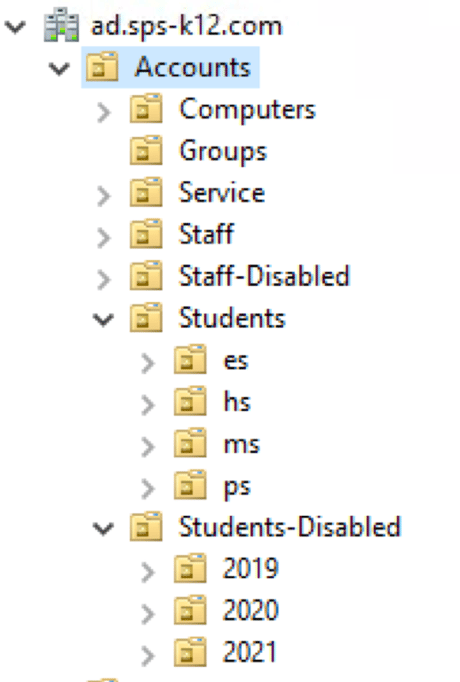Google Enterprise Licensing Considerations for Remote Learning
We have all had to adapt to a new type of normal as a result of COVID-19. Most of the school districts that we work with have either chosen Zoom or Google Meet as their preferred method of supporting a distance learning or hybrid learning model for instruction. Both offer a free version that allows for meetings up to 45 minutes, but this is just not quite long enough to support a full remote learning model. As a result, we have had an increasing number of districts choose to upgrade their G Suite for Education to G Suite Enterprise for Education. You can see a full comparison of the differences between the two offerings here.
The primary driver this for this decision for many of our districts is 24/7 support and the ability to automatically record meetings to drive. For these features, you have the option to purchase a site license or license it on a per user basis. The per user license is the option that has us working extra to help our districts to be confident that they aren’t paying for any more licenses than necessary to support their currently enrolled students. This is where the “best practices” that we follow here at Student Provisioning Services really start to come into play.
We typically have an OU (organizational unit) in Active Directory where we organize any/all students that are no longer enrolled in the district. Then we match this in G Suite, so that all inactive or formerly enrolled students are organized in their own OU structure. Here is an example of this structure that use for many districts:

This works very well, but only if you follow our guidance of never deleting an account from your local directory until you are ready to delete the account from both your local directory and G Suite. You can read more detail here: To Delete or Not to Delete.
What we are finding with many schools is that because G Suite for Education is free and Google doesn’t impose any restrictions on the number of users or the amount of storage that they use, they never delete anything, EVER. This wasn’t a problem until they had to pay for a license for every user. With G Suite Enterprise for Education, it doesn’t matter if the account is suspended, it still counts in your license count. So now, it really does matter what we do with accounts associated with students that have long left the district.
If there is an account in Active Directory for every account that exists in G Suite, we just must do some cleanup in Active Directory and Google will clean itself up also. If we cleaned up Active Directory, but didn’t do the same cleanup in Google, we must get more creative in our solution. Ideally, every account in Google should have a corresponding account in Active Directory. (We do understand that this isn’t normally 100% true because people need generic accounts or Google service accounts that you really don’t need in AD). We are talking primarily about accounts that represent an actual person that attended your district at some point in time.
The last factor that you must be aware of before you start down the path of cleaning up these old accounts (or having us clean them up for you as part of our normal process here at Student Provisioning Services) would be to get clarity from your School Board in your retention policy for student accounts/data. If you don’t have a retention period defined by your Board of Education (BOE), you should look into this right away. There are many opinions on how long this policy should specify. We have districts keeping accounts for 1 year, 7 years and forever. No matter what your BOE decides, the most important thing is that you follow the guidelines set by your BOE and keep accounts for only as long as they specify. If your Board of Education policy says 7 years and you keep them forever, you are out of compliance with your own BOE's policy and exposing your district to unnecessary risk. Likewise, if your policy says 7 years and you delete them after 1 year, you could be creating a legal issue for your district.
Identifying accounts that should be cleaned up is a rather time-consuming process that we will talk about next month in much more detail. We include this entire process for all of our Student Provisioning Services customers as part of what we do to make sure that your environment is as clean and accurate as it can possibly be going forward.

.png)

.jpg?width=900&name=Syncing%20AD%20with%20Google%20(1).jpg)

